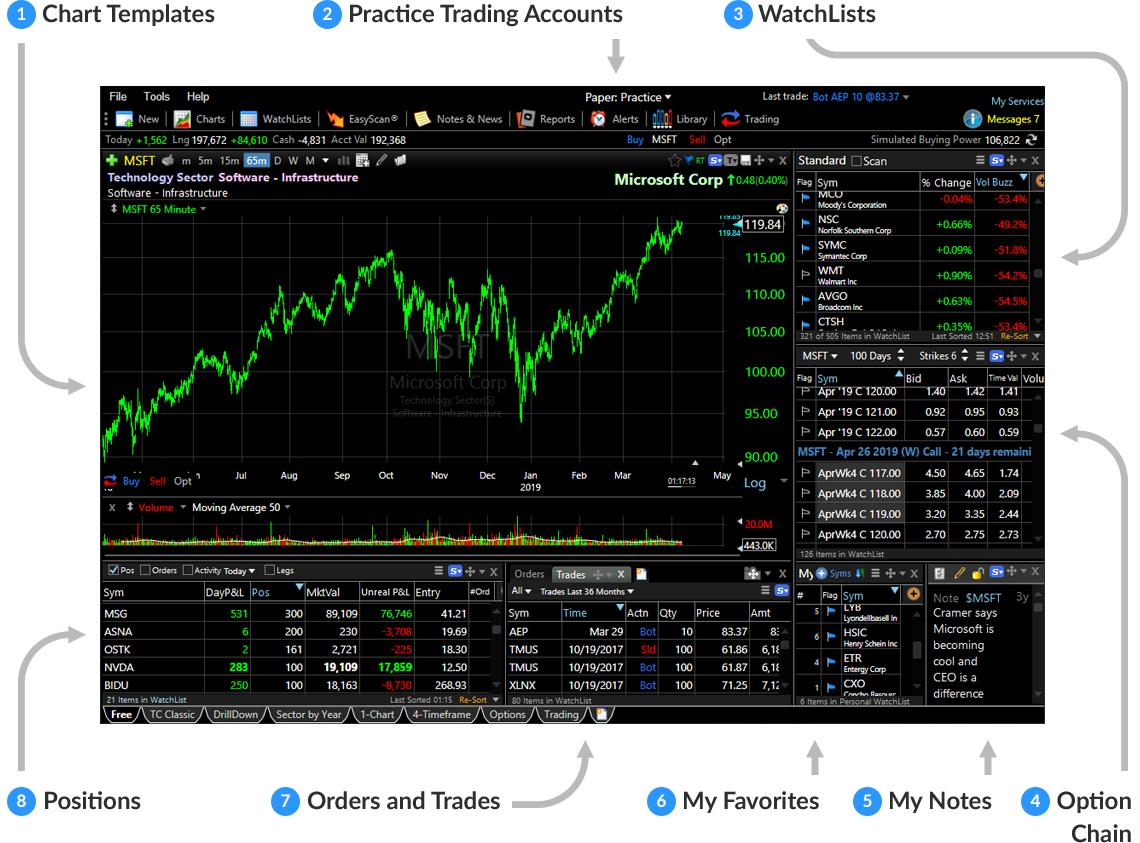Real-Time Data Visualization
Real-time data visualization plays a crucial role in live stock market charts, providing traders and investors with immediate insights into market movements and fluctuations. It allows them to make informed decisions based on up-to-date information, maximizing their chances of success.
Interactive charts are essential tools for real-time data visualization. These charts display real-time stock prices and market movements, enabling traders to track trends, identify patterns, and make predictions. They can customize the charts to suit their preferences, choosing from various chart types, indicators, and time frames.
Interactive Charts
- Line charts:Plot the closing price of a stock over time, providing a clear overview of price movements.
- Bar charts:Show the opening, closing, high, and low prices of a stock within a specific time frame, offering a comprehensive view of price action.
- Candlestick charts:Combine the features of line and bar charts, providing a detailed representation of price movements, including the relationship between opening and closing prices.
- Technical indicators:Overlay mathematical calculations on price charts to identify trends, momentum, and potential trading opportunities.
Historical Data and Charting: Live Stock Market Charts

Historical data plays a crucial role in stock market analysis, providing traders with valuable insights into past market behavior and potential future trends. By studying historical charts, traders can identify long-term trends, support and resistance levels, and potential trading strategies.
Types of Historical Charts, Live Stock Market Charts
There are various types of historical charts used by traders, each with its unique advantages and drawbacks. Some of the most common include:
- Candlestick charts: Represent price movements over a specific period, using a series of candlesticks that depict the open, close, high, and low prices for each period.
- Line charts: Plot the closing prices of a security over time, connecting the data points with a line. They provide a clear visualization of overall price trends.
- Bar charts: Similar to line charts, but they plot the open, close, high, and low prices as vertical bars. They are often used to identify support and resistance levels.
Chart Customization and Personalization
Traders can customize and personalize live stock market charts to suit their trading needs. They can adjust chart settings, add indicators, and create watchlists to track the performance of specific stocks or markets.
Adjusting Chart Settings
Traders can adjust chart settings such as the chart type (e.g., line, bar, candlestick), the time frame (e.g., intraday, daily, weekly), and the price scale (e.g., linear, logarithmic). They can also change the colors and styles of the chart elements, such as the candlesticks, moving averages, and volume bars.
Adding Indicators
Traders can add technical indicators to their charts to help them identify trading opportunities. Indicators are mathematical calculations that are applied to price data to identify trends, momentum, and support and resistance levels. Some popular indicators include moving averages, Bollinger Bands, and the Relative Strength Index (RSI).
Creating Watchlists
Traders can create watchlists to track the performance of specific stocks or markets. Watchlists can be customized to include different types of information, such as the stock’s price, volume, and moving averages. Traders can also set up alerts to notify them when a stock reaches a certain price or when a technical indicator crosses a certain threshold.
Saving Customized Chart Templates
Traders can save their customized chart templates so that they can easily access them in the future. This can save time and effort, and it can also help traders to stay consistent with their trading strategies.
Mobile and Cross-Platform Accessibility

In today’s fast-paced financial markets, accessing real-time market data and charts is crucial for traders to make informed decisions. Mobile and cross-platform accessibility has become paramount, enabling traders to stay connected and track market movements from anywhere, at any time.
Traders can now use smartphones, tablets, or laptops to access comprehensive charting capabilities, empowering them to analyze market trends, identify trading opportunities, and manage their portfolios effectively.
Mobile Trading Platforms
- TradingView:Offers a mobile app with advanced charting tools, real-time data, and technical indicators for comprehensive market analysis.
- Thinkorswim:Provides a mobile platform with sophisticated charting capabilities, including multiple chart types, customizable indicators, and advanced order entry tools.
- MetaTrader 4/5:Popular mobile trading platforms known for their robust charting features, extensive technical analysis tools, and the ability to execute trades directly from charts.